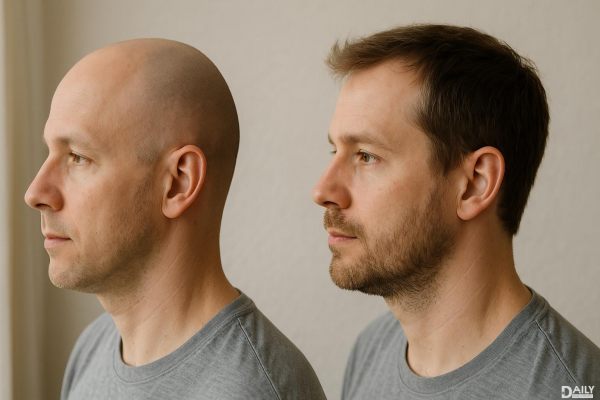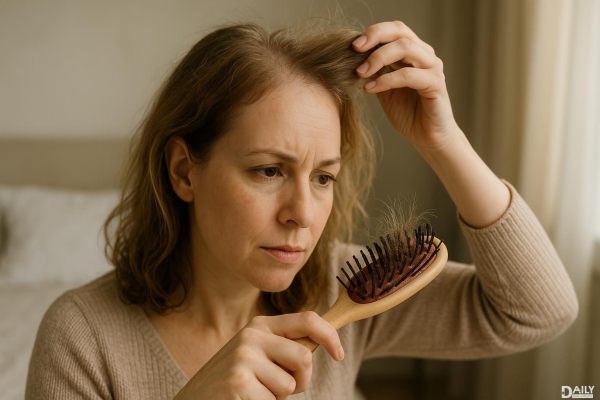Ever looked in the mirror after a fresh head shave and wondered, "How long until I’ve got my hair back?" The answer isn’t as straightforward as you might think. On average, hair grows about half an inch per month, but factors like genetics, age, diet, and even stress levels can speed things up or slow them down. So if you’re rocking the bald look and waiting for your locks to return, buckle up—it could take anywhere from a few months to over a year to get back to your pre-shave glory.

Hair growth happens in cycles: anagen (growth phase), catagen (transition phase), and telogen (resting phase). The anagen phase is where the magic happens—your hair follicles are actively producing new strands. For scalp hair, this phase lasts between 2 to 7 years, which is why some people can grow hair down to their waist while others hit a ceiling. But here’s the kicker: when you shave your head, you’re not resetting these cycles. You’re just cutting the hair at the surface, so regrowth depends on where your follicles were already at in their cycle. That’s why some folks see stubble within days, while others wait weeks for noticeable growth.
Your DNA is the biggest player here. If your family tree is full of slow growers, you’re probably in the same boat. Age also matters—hair growth tends to slow down as you get older. But it’s not all doom and gloom; you can tweak some variables. A diet rich in protein, iron, and vitamins (especially biotin) gives your follicles the fuel they need. On the flip side, stress hormones like cortisol can slam the brakes on growth. And let’s not forget scalp health—conditions like dandruff or psoriasis can throw a wrench in the works. So if you’re serious about speeding things up, start with a balanced diet and stress management.
Contrary to the old wives’ tale, shaving doesn’t make hair grow back thicker or darker. That’s just an optical illusion—blunt-tipped shaved hair feels coarser as it grows out, but the actual structure hasn’t changed. Another myth? That frequent trims accelerate growth. Nope. Hair grows from the follicle, not the ends, so snipping it does zilch for your timeline. The only real way to “boost” growth is by supporting follicle health (see: diet, scalp care, and avoiding tight hats that suffocate your roots).
Week 1-2: Peach fuzz alert! Fine, soft hairs start poking through, but it’s barely noticeable unless you’re squinting. Month 1: Congrats, you’ve entered the “five o’clock shadow” phase. By month 3, you’ll have about 1.5 inches of growth—enough to ditch the bald cap but not enough to style. At 6 months, you’re in the “awkward length” zone (hats are your friend). Hit the one-year mark, and most people have 6 inches or more, though texture plays a role—curly hair appears shorter than it is, while straight hair shows every millimeter.
If you’re past the 6-month mark with barely any progress, it’s time to investigate. Thyroid issues, hormonal imbalances, or nutrient deficiencies (like low iron or vitamin D) could be culprits. Alopecia areata, an autoimmune condition, can also cause patchy or stalled growth. And if you’ve recently undergone chemo, remember that hair regrowth post-treatment varies wildly—some people see sprouts in weeks, others take months. When in doubt, a dermatologist can run tests to rule out underlying problems.
So there you have it—the hairy truth about regrowth. Whether you’re growing it back by choice or waiting out a post-shave phase, patience is key. In the meantime, lean into the journey: experiment with different lengths, invest in a good scalp serum, and remember that hair (or lack thereof) doesn’t define you. Now go forth and rock whatever look makes you feel like a million bucks.
























